#freshwater sunfish
Text
Daily fish fact #401
Pumpkinseed!
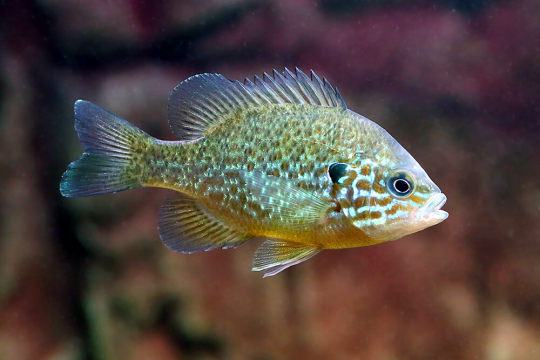
They've evolved great camouflage, as the pattern of their scales resembles light reflecting in the water, making it hard for predators to tell where the fish ends and water begins! In case they do get noticed, they also have an eye spot down their side that makes them look larger than they truly are and unfavourable to predators.
#fish#fishfact#fish facts#fishblr#biology#zoology#pumpkinseed#pumpkinseed sunfish#sunfish#freshwater sunfish
202 notes
·
View notes
Text
#i was gonna put sunfish#bc i love sunfishes#but i didnt want the popularity of the ocean sunfish to sway the vote so we'll have a Freshwater Sunfish appreciation poll later this week#answer honestly people it's anonymous#its ok to have bass vibes#polls
1K notes
·
View notes
Text

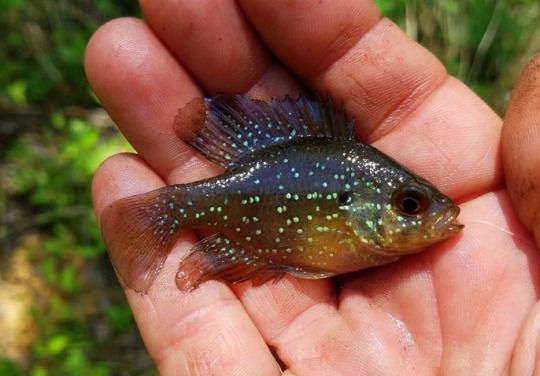
Blue-spotted sunfish | Enneacanthus gloriosus
x, x
196 notes
·
View notes
Text
Fish!

Some of them look a little weird, but it’s my second time painting with gouache. I’m definitely proud
[Image description: A photograph of a gouache painting depicting five blue rectangles, each with a fish inside. The fish are largemouth bass, redear sunfish, rainbow trout, brown trout, and channel catfish. The fish are labeled with thin black handwriting. /end Image description]
#fish#freshwater fish#trout#rainbow trout#brown trout#channel catfish#redear sunfish#largemouth bass#gouache#gouache beginner#gouache painting#art#traditional art#artists on tumblr#fish art
42 notes
·
View notes
Text
i passed my math class with a 92% :)

take a fish picture 🫶
81 notes
·
View notes
Text

flier (Centrarchus macropterus)
#flier#sunfish#freshwater fish#fishing#fishblr#fish#ichthyology#conservation#nature#biology#wildlife#wildlife photography
4 notes
·
View notes
Photo
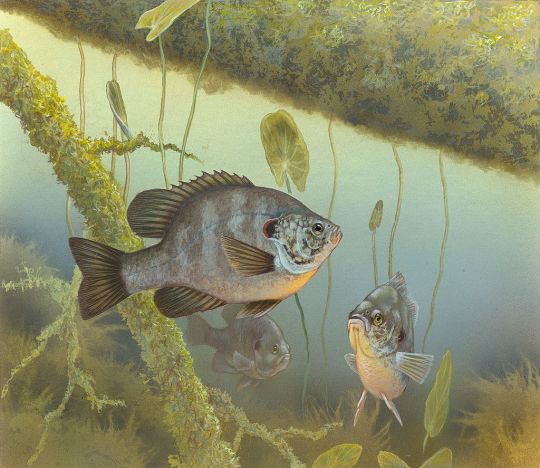
Redear Sunfish (Lepomis microlophus)
illustration by Timothy Knepp | USFWS
38 notes
·
View notes
Text
im so hype for my sunfish tattoo
#its to match with my friend but also i just love sunfish#freshwater sunfish btw#not the big weird thangs#love them too tho#gone fishing
9 notes
·
View notes
Text
Sunshine for the cooler water aquarium
Enneacanthus gloriosus, the blue-spotted sunfish, is not related to the pelagic molid sinfishes, but is part of a Nearctic clade also named sunfishes, the centrarchids. Its length approaches 10 centimeters, or 4 inches, whereas other centrarchids species may be much larger. The maximum size of E. gloriosus, it should be noted, seems to vary between wild populations, being only 6 centimeters, or less than 2 and a 1/2 inches, in the Mississippi. This sunfish is native to the Atlantic and Gulf Slope drainages of North America, from New York State and Pennsylvania, to the south of Florida. Within this range, E. glorious is found mainly in richly vegetated oxbows and side ponds, the presence of vegetation being imperative for E. glorious to forage food. More broadly the species is found in other freshwater habitats, with sandy or muddy bottoms, and vegetation, such as Elodea, Crinum, Sagittarius, and Myriophyllum. Such habitats may be darkly stained and turbid. E. gloriosus feeds primarily on copepods, cladocerans, ostracods, and chironomid fly larvae.
E. gloriosus can experience high summer tempertures over parts of its range, as high as 29 or 30 degrees centigrade, though 23 to 27 degrees is probably a closer estimate, of the optimum for their aquarium welfare. Naturally, being native to seasonal climates, the winters are much cooler, and a winter season might be simulated for these animals, by dropping the temperature down to 10 degrees, or a little less, without which they will not breed. The range of pH preferred by E. gloriosus in the wild, is reported to be 4 to 7, or acidic to neutral. Most populations probably come from waters, with a pH of 5.6 to 6.5. Certainly, Enneacanthus sp. exhibit reduced growth when breeding in water below a pH of 4.5, and in any case, it is difficult for the aquarist to maintain a stable aquarium environment, with a pH below 5. In the aquarium, these are peaceful fishes, that should not be housed with aggressive species. They should be fed on defrosted foods, that are appropriate to their wild diet.
0 notes
Note
I love your style so much!! May I see a bluegill/freshwater sunfish?

fish 175 - bluegill
151 notes
·
View notes
Text








Sea Stars - Individual Part 1/2
Manta ray
Sunfish
Goldfish (yes, I know that’s freshwater)
Flying fish
Humpback whale
Orca
Whale shark
Bamboo shark
Part 2 HERE
#art#artists on tumblr#my art#cute art#pastel art#fantasy#sea creatures#marine life#marine animals#stars#moon#night#space#fish#minimalist#wallpaper#icons
207 notes
·
View notes
Text
Daily fish fact #458
Hoodwinker sunfish!
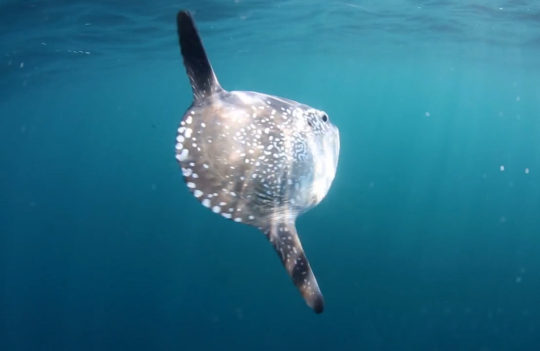
This species was only found very recently, as it was mistaken for other ocean sunfishes! Its scientific name, Mola tecta, references that, as "tecta" comes from the Latin word "tectus" which means hidden or disguised. However, it is distinguishable from other species as it is slimmer and lacks a lot of the "lumpiness" some of the other species have.
#mwahaha! another ocean sunfish fact! i am unstoppable!#fish#fishfact#fish facts#fishblr#marine biology#marine life#marine animals#sea creatures#sea animals#sea life#biology#zoology#hoodwinker sunfish#sunfish#mola tecta#oh and by ocean sunfish i literally mean sunfish that is found in the ocean! “ocean sunfish” of course means the mola mola#i wanted to distinguish between freshwater and saltwater sunfish because theyre completely different but i now see how that tag could be-#read wrong whoops
367 notes
·
View notes
Text
Lepomis Bracket
Battle of the TRUE Sunfish

Orange Spot Sunfish (Lepomis humilis) ^

Bluegill (Lepomis macrochirus) ^

Warmouth (Lepomis gulosus) ^

Longear Sunfish (Lepomis megalotis) ^

Redear Sunfish (Lepomis microlophus) ^
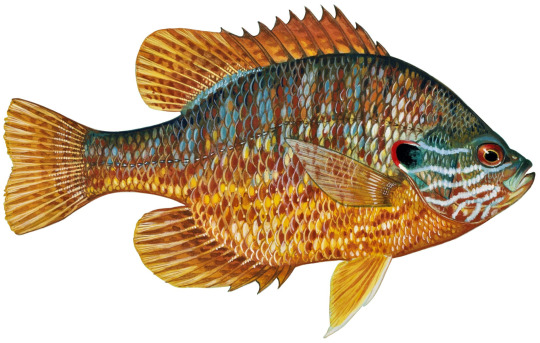
Pumpkinseed (Lepomis gibbosus) ^
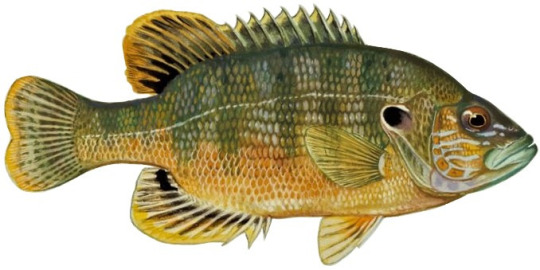
Green Sunfish (Lepomis cyanellus) ^
They are all great fish but which one is the BEST fish? Vote now on your phones!
#ok this is a second post bc i cant figure out how to put polls in reblogs but i figured out how to do it on PC#showing some love to the north american freshwater fish#sunfish are lovely little dudes#fish poll#rate that fish#should i call these fishing polls#fishing polls#fishblr#sunfish#lepomis#the names are under the pictures#tried to show that with the ^
258 notes
·
View notes
Text

Carolina pygmy sunfish | Elassoma boehlkei
X
77 notes
·
View notes
Text



recent underwater photo efforts. two sunfish (likely red-breasted) and some shiners
[ID: three photos of freshwater fish. The first two photos feature a roughly palm-shaped sunfish with a black splotch on the gill cover. Bright blue coloration is visible on the second sunfish. The third photo shows a school of small minnows with black lateral stripes.]
62 notes
·
View notes
Text
nearing the end of my math class. take a fish picture 🫶
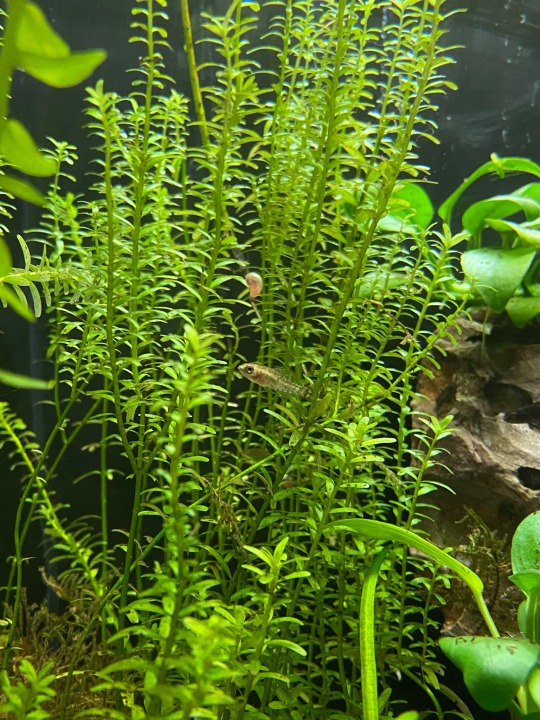
94 notes
·
View notes